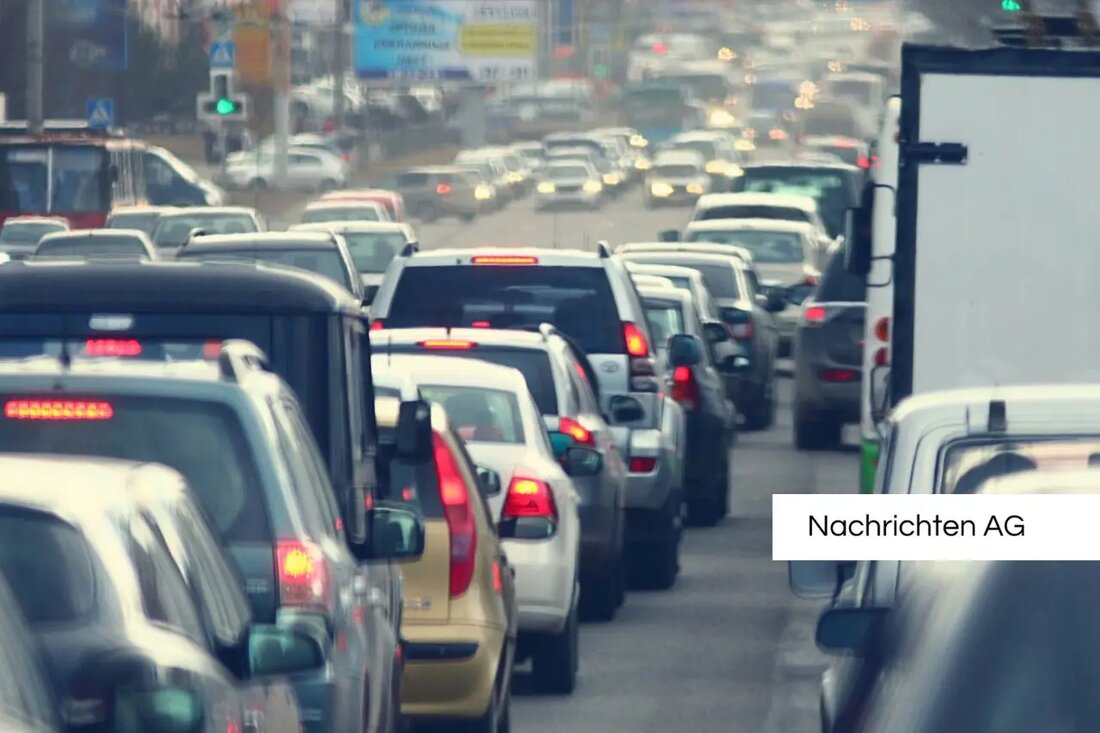Innuses in Saarland explode: 30 percent more - where is the reason?
Innuses in Saarland explode: 30 percent more - where is the reason?
In 2024,in Saarland there was a strongly increasing dust. According to the information from Merkur , the hours rose by 30 percent compared to the previous year. In total, drivers over 5,148 hours were in traffic jams on the federal state motorways.
The main reason for this increase is the increased traffic volume, which has been reinforced by numerous construction sites. The situation on the A620 between Saarlouis and Saarbrücken, which is the main focus of regional traffic jams, was particularly striking. 2,109 traffic jams were registered on this route, which led to a total of 2,196 stores and 2,097 kilometers of traffic jams.
duister statistics and main causes
The situation on December 23, 2024 was not very gratifying. On this day, heavy snow and smoothness led to 86 traffic jams, which extended over a total length of 338 kilometers and provided a traffic jam of 32 hours. Nationwide, the numbers were also high: there were 448,000 hours of standstill on the highways, which corresponds to an increase of five percent compared to the previous year. In Saarland, around 1.1 percent of the nationwide was eliminated.Another interesting aspect is the Saarland motorway content, which is only 1.8 percent in the entire German motorway network. Despite these geographical circumstances, the Saarland has developed into one of the more stored regions in Germany.
recent traffic reports
The A620 remains a central traffic artery for Saarland and is not only of locally, but also regionally important. Drivers must continue to adapt to possible disorders, especially considering the construction site -related diversions and the frequent occurrence of weather problems in winter.
The ADAC traffic information also helps to better understand the traffic jam situation in the German context. According to a report on ADAC there were a total of 106,488 traffic jams on German highways in 2022. In comparison, a decrease compared to the years before pandemic, which is attributed to changed travel habits.
| Details | |
|---|---|
| Quellen | |


Kommentare (0)